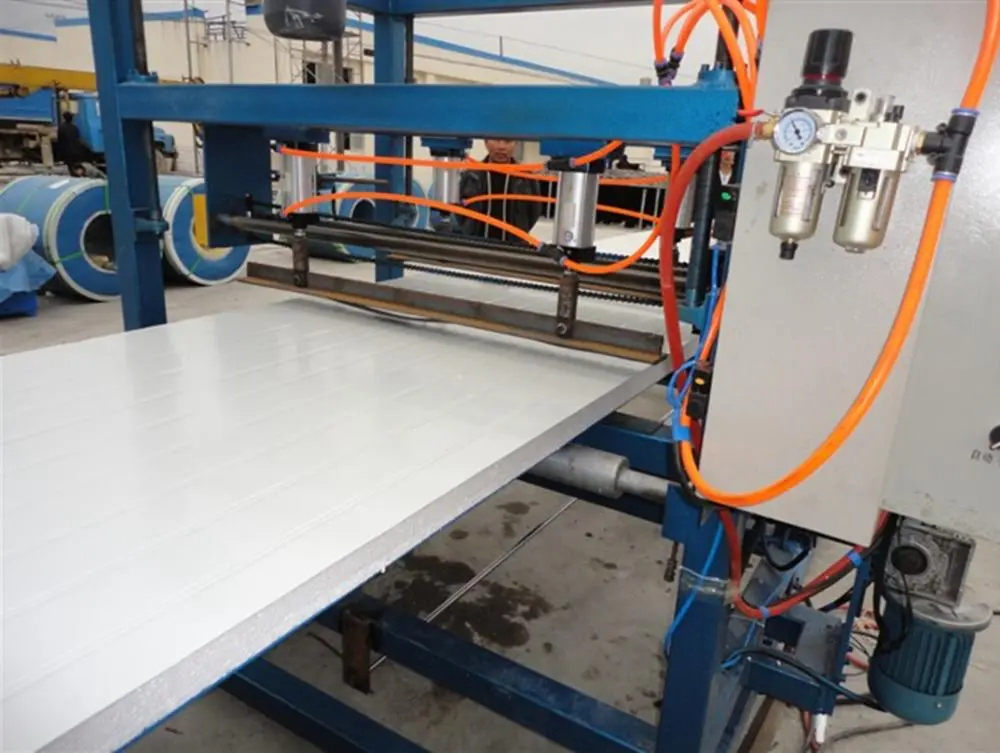
The Concept and Importance of Ceiling Keels in Modern Construction
When it comes to modern architecture and construction, the ceiling keel plays a fundamental role in creating stable and aesthetically pleasing structures. While often overlooked in the grand designs of buildings, the ceiling keel is an essential element of interior design that contributes both to the functionality and visual appeal of a space.
A ceiling keel, generally constructed from metal or wood, serves as the underlying structure that supports ceiling materials such as drywall, paneling, or tiles. It is an integral part of the false ceiling system, where it works to provide strength and stability to the entire ceiling assembly. In essence, it functions like a skeleton for the ceiling, ensuring that it remains securely in place to uphold the demands of weight and design.
One of the primary advantages of using ceiling keels is the created space for electrical installations. The gap between the original ceiling and the false ceiling, supported by the keels, allows for the streamlined routing of electrical wires and other utilities. This not only contributes to the installation of lighting fixtures and air conditioning systems but also keeps the infrastructure hidden from view, contributing to a cleaner and more minimalist aesthetic.
Moreover, ceiling keels can enhance the acoustics of a room
. By incorporating soundproof materials into the ceiling assembly, builders can significantly reduce noise transmission between rooms, providing a quieter environment—particularly beneficial in spaces like offices, conference rooms, and residential homes. This can lead to improved focus, productivity, and a greater overall sense of comfort for inhabitants.
In addition to functionality, ceiling keels offer designers a unique opportunity to play with forms and shapes in interior spaces. By employing varied ceiling heights and playing with geometric designs, architects and interior designers can create visually striking environments. The flexibility of ceiling keels allows for various design choices, whether it is a traditional coffered ceiling, a modern dropped ceiling, or uniquely shaped designs that enhance the character of a space. Such versatility can transform otherwise ordinary interiors into extraordinary experiences.
Installation of ceiling keels requires meticulous planning and expertise. It is essential for builders to consider the building’s structural integrity, local building codes, and the specific requirements of the ceiling materials chosen. Misalignment or improper installation can lead to a host of issues, including sagging ceilings or structural hazards. Thus, hiring skilled professionals is critical to ensure that the installation is carried out correctly and safely.
Furthermore, ceiling keels can be adapted for various types of buildings. In residential constructions, it can contribute to the aesthetics of a living room or bedroom, while in commercial spaces, such as retail shops, it can create distinctive brands and experiences. Such adaptability has made ceiling keels a staple in building practices, allowing them to serve different functions across diverse sectors.
As we look toward the future of architecture, the role of ceiling keels is more important than ever. Innovations in materials and technology are emerging, paving the way for more sustainable and efficient construction practices. For instance, using recycled materials for ceiling keels not only reduces waste but also promotes a circular economy. As sustainability becomes a priority for the construction industry, the ceiling keel will undoubtedly be a focal point for new green building practices.
In conclusion, while often considered a mere structural component, the ceiling keel is a vital element in modern construction that balances art and functionality. Its role extends far beyond support; it enhances utility, aesthetics, and sustainability in our living and working environments. As architects and builders continue to innovate, the ceiling keel will remain a cornerstone of design, contributing to the creation of inspiring spaces that meet the needs of tomorrow.